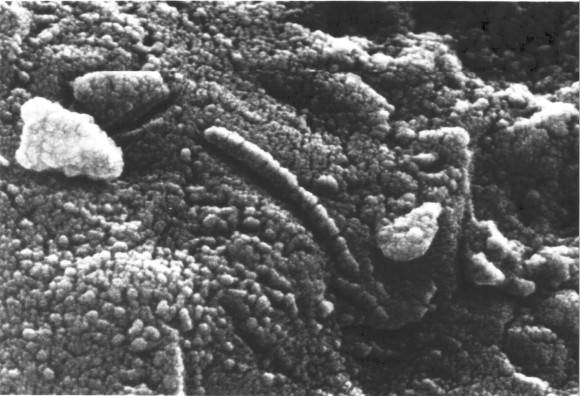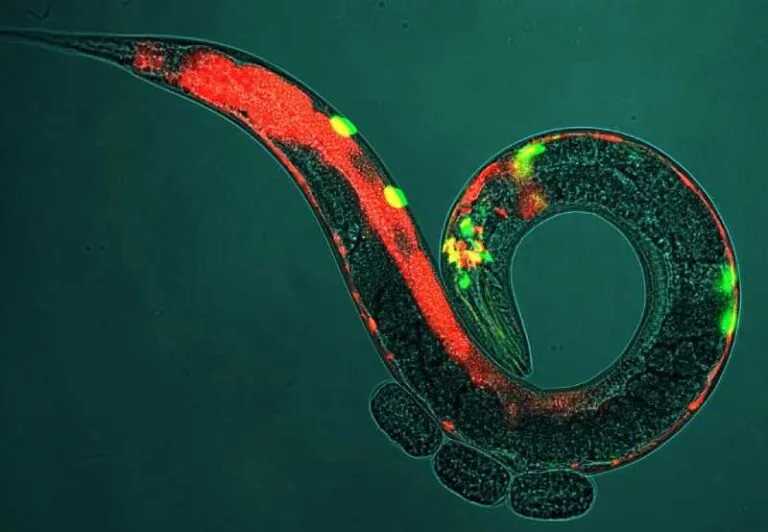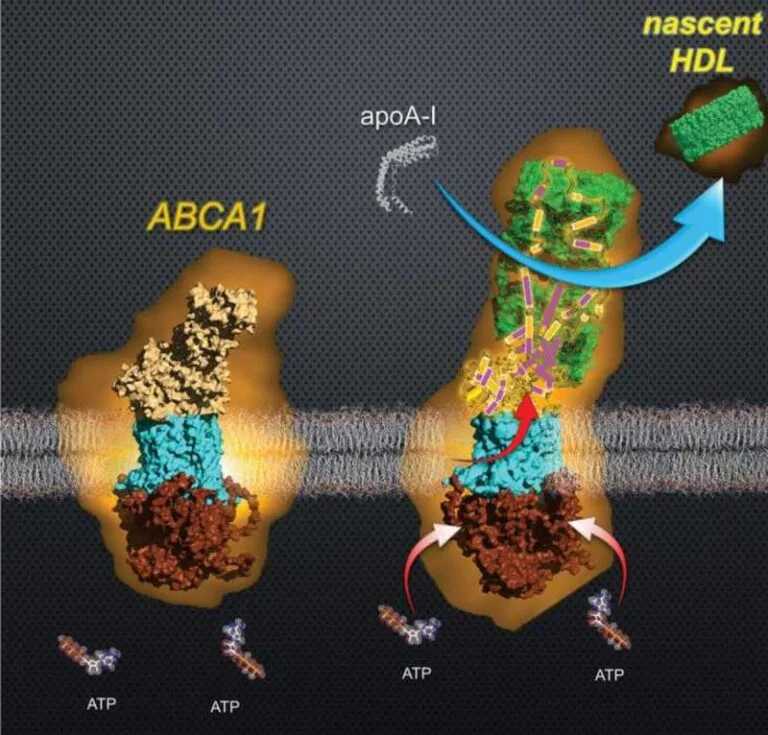Can we detect advanced civilizations through pollution?

The search for alien life is closely tied to the quest for habitable planets. Astronomers are focusing on exoplanets, looking for atmospheric chemicals that could indicate the presence of advanced civilizations. These substances, known as technosignatures, include compounds like those produced on Earth through the burning of fossil fuels. Recently, a team of researchers has been investigating whether Polycyclic Aromatic Hydrocarbons (PAHs) could serve as detectable technosignatures.
Over the years, scientists have developed various methods to search for advanced civilizations. These range from scanning stars for unusual radio signals or laser pulses to searching for water as a potential marker of life. Despite these efforts, no definitive evidence has been found so far. Projects like the Search for Extraterrestrial Intelligence (SETI) have utilized some of the world’s most powerful radio telescopes to listen for signals, while studies of exoplanets’ habitable zones have sought signs of water that could suggest the presence of life.

A research team led by Dwaipayan Dubey has been investigating the potential of using Polycyclic Aromatic Hydrocarbons (PAHs) as an alternative method in the search for extraterrestrial life. PAHs first gained widespread attention when they were detected in a Martian meteorite, sparking significant interest.
These hydrocarbons are known byproducts of biological activity, and their presence in Martian meteorites suggested the possibility of life at some point in Mars’ history. While the debate over their origins continues, Dubey’s team believes that searching for PAHs in planetary atmospheres could provide crucial clues about the existence of advanced civilizations.

Polycyclic Aromatic Hydrocarbons (PAHs) are present in space, often found in the interstellar medium, but many are closely linked to biological activity. The research team has focused on identifying hydrocarbons with measurable absorption cross sections in exoplanetary atmospheres similar to Earth’s. An absorption cross section quantifies the likelihood of detecting a process like particle scattering, making it a key metric for identifying potential biosignatures or technosignatures. Using the 8-meter Habitable Worlds Observatory, the team selected specific hydrocarbons—Naphthalene, Anthracene, Phenanthrene, and Pyrene—as candidates for detection, due to their distinctive absorption properties.

Drawing from Earth-based PAH concentrations, the team observed a slight decline in these hydrocarbons since the industrial revolution. Using this insight, they conducted simulations across a range of concentrations to assess the feasibility of detecting an Earth-like civilization. The study also examined telescope architecture, highlighting how larger mirrors enhance resolution and light-gathering capabilities. Despite these advantages, the results were less promising than hoped.
- See also: A Mission to Dive Titan’s Lakes
The analysis revealed that even telescopes with 6m, 8m, or 10m apertures would lack the signal-to-noise ratio required to resolve the spectral signatures of the four targeted molecules. Specifically, the detection of PAH signatures within the 0.2 to 0.515 μm range using large Earth-based telescopes was deemed infeasible.
While the study did not yield a positive outcome, it underscores the importance of negative results in scientific research. These findings provide valuable insights for refining detection techniques. Future efforts will require additional laboratory-based measurements and advancements in technology, potentially paving the way for identifying our first cosmic neighbors.






